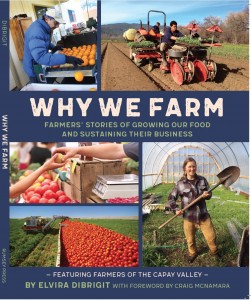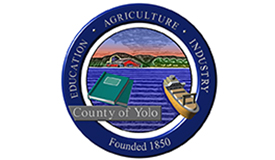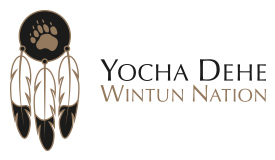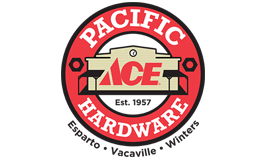by Harmon Taber
Capay Valley Grown Partner
Capay Valley Grown is an emblem of the bountiful and diverse agriculture of a special place. As Cache Creek flows out of its canyon, through our valley and on toward the Sacramento River, it passes through a watershed full of wild animals, birds, native trees, shrubs, vines, and wildflowers. It also runs by and helps support a dazzling array of livestock, poultry, fields of vegetables and flowers, grain crops, orchards and vineyards. And a few weeds and pests, too.
This rich kaleidoscope of Nature’s gifts and human endeavor is tended by a diverse bunch of people who care strongly about the land on which they live and the quality of the products they offer to those who eat the food, drink the wine, use the fibers, and enjoy the flowers.
One reason to speak of a kaleidoscope is to evoke the many elements that make up a view of the Capay Valley — seeing all the varied plants, animals, soils, waterways, and workers produces a complex and compelling pattern.
Another reason for the kaleidoscope metaphor is what it shows about change. A twist of the wrist and the pattern inside the kaleidoscope is profoundly different. Yet that new pattern is made up from the very same elements as the old one, we just see them from a new perspective. In a similar way, although the image of the Capay Valley has changed through the last 150 years, the patterns have been made out of (mostly) continuing elements.
More than one hundred years ago, there were many acres of fruit trees at Tancred. Those trees are long gone (well, Tancred is too,) but there are still fruit trees in the Valley, and acres of young trees planted near Esparto. The Almond Festival was started in 1915, a time when hundreds of acres of almond trees filled the Capay Valley and the seeming overflow almost surrounded Esparto. Over time, most of those trees have been pulled out, but some remain and there have been new almond plantings in recent years. Black walnuts are a native tree, but the many “English” walnuts are newer elements in the picture.
Cattle have been here a long time, coming with the Europeans, but their look has changed over time. One hundred and fifty years ago there were not many sheep in the area, eighty years ago there were a lot, and today there are still some around (and a few alpacas.) Years ago, every homestead had a chicken coop; now the chickens are located more strategically.
There used to be a winery between Capay and Brooks because there were lots of grapes nearby. Pests and Prohibition took them away, but now wine grapes are again planted in several vineyards. It may be hard to believe after the freezing temperatures of this past January, but there are several spots (at the ends of the Valley) where wonderful Navel oranges have consistently thrived.
On the back page of this flyer is a list of Capay Valley Grown partners that gives this moment’s kaleidoscopic view of the great variety of products available from these orchards, vineyards, ranches and organic farms. The passage of time will undoubtedly change that view, but change and new perspectives are nothing new in the Beautiful Capay Valley.






